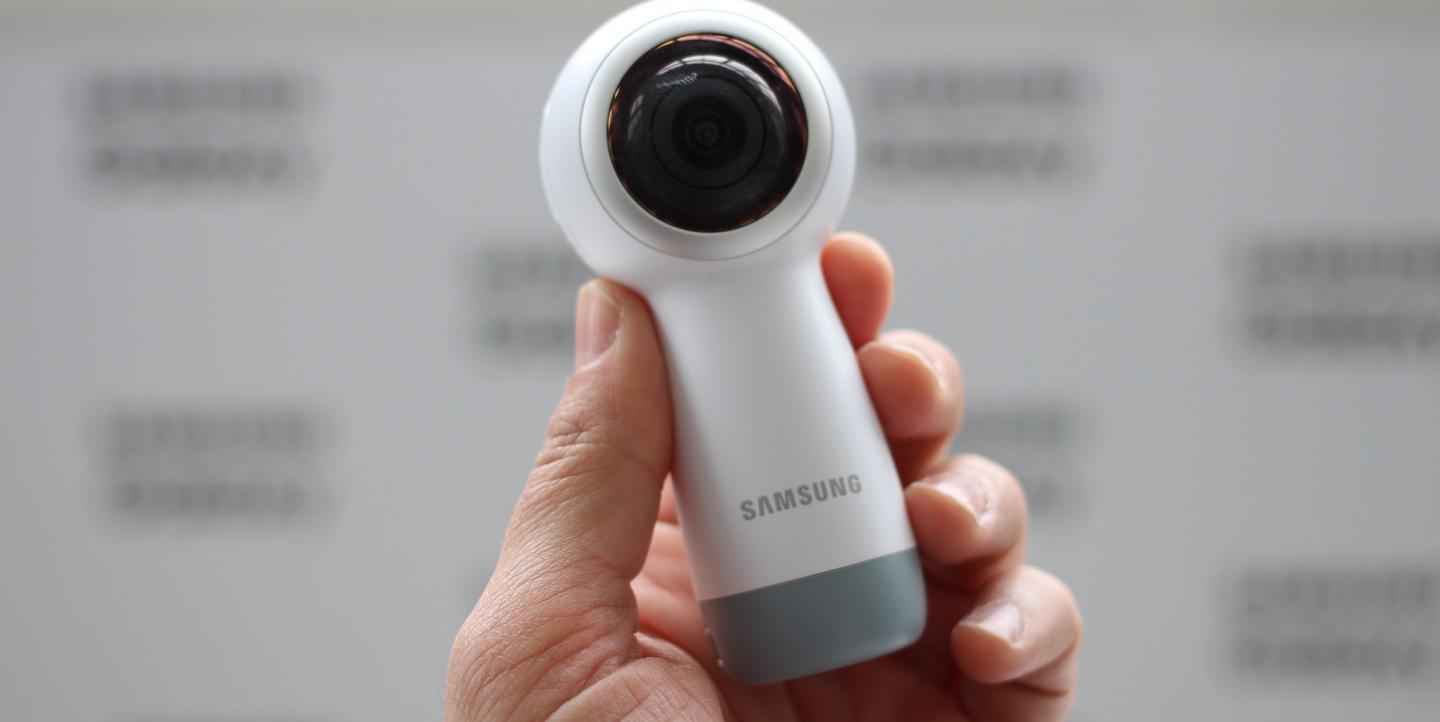Trash litters the shoreline of the Machar Colony, located on the outskirts of Karachi Pakistan. Wind blows a flag loudly in the distance, amidst the high-pitched voices of children and men hocking their wares. But one doesn’t need to travel all the way to South Asia to experience life in the slum. Thanks to 360° video, people can take in both the sights and sounds of Machar Colony from the comfort of their computer screen.
Shaheryar Popalzai considers himself an accidental journalist, originally studying computer science before integrating his tech background with the news world. As an ICFJ Knight Fellow, he's worked with major Pakistani news outlets like the Express Tribune and Geo News to produce innovative and interactive news content, utilizing Facebook Live, 360° video and 360° photo. The result is stories that allow viewers and readers to immerse themselves, taking in the sights and sounds of distinct locations.
But journalists don’t need to have a tech background to offer this experience to their audiences. Popalzai wants to spread these technology innovations to other newsrooms. Now, Popalzai has written a comprehensive guide to 360° video, which he introduced at the 2017 Online News Association Conference in Washington.
The guide breaks down everything an aspiring videographer needs to know, from explaining different technology terms and offering equipment recommendations (all affordable for newsrooms or independent journalists) to planning, shooting and post-production. Popalzai offers both a pre-shoot and shooting checklist and breaks down his workflow in stitch, editing and publishing the video. The guide is written in chronological order for even the most novice of filmers to understand.
IJNet spoke with Popalzai about the guide, the future of news innovation and what’s in store for him.
IJNet: What drew you to 360° video?
Popalzai: I just feel that it speaks for itself. You let people experience the story itself. The ultimate beneficiary of new technologies are the reader and the viewer. You’re giving them new experiences. I know some people love reading 2,000 words and other people love video. But with new technologies, you can give them the best of both worlds. You can create personal experiences this way.
How did you learn how to use 360° video and how does that factor into how you are instructing people?
I learned on my own, self-taught. People are really intimidated; they think it’s hard to do, but it’s really not. I come from that environment where newsrooms weren’t investing money in that kind of thing. So the guide is for smaller newsrooms or even bigger newsrooms that don’t want to put too much money into it. For me, the most important things in the guide are the planning, shooting and post-production. But a lot of people don’t know about the cameras either. I picked the cheapest cameras with the best quality available and I talked about how to shoot. If you don’t have any video experience, you can still do 360° video. You just need to know your environment. For example, if you’re doing a 360° shoot in a museum, you need to know the perfect room people want to see.
What are your goals for the guide? How widespread are you hoping it will be?
I’m hoping smaller newsrooms will pick it up, [along with] journalists who haven’t had a chance to do 360° video yet. I’m open to collaboration with journalists. Again, in a challenging environment, it’s better to have a product in your hand to get management to try new things. So if I can help them get a video out and they can use that to convince management to buy equipment, that’s going to be a big achievement for me. That’s going to allow them to produce more content consistently.
What other tech innovations are on the horizon?
Augmented reality is one of them. I feel it has a lot of potential. I think it will be bigger than VR and 360° video. Apply AR to journalism. You get your newspaper in the morning, you take your phone out, you place it on the newspaper and it’s going to show you a chart, animation or a video. You’re combining digital and print. Apple and Google have both released AR kits for people to develop more content so I think it’s really going to blow up at some point.
I think technology has expanded so much in the last six years, it’s hard for people to catch up. I think newsrooms need to pick the right battles to fight and focus and build on those. Find the right people within your newsroom, find the right technologies and expand on those.
What’s on the horizon for your future?
It’s too soon to say. I’d love to keep doing innovation, improve newsrooms however I can and improve people’s experiences however I can. There’s no shortage of stories to tell.
This interview has been condensed and edited for clarity.
If you use the guide, feel free to let ICFJ Knight or Popalzai know and include any comments or criticisms.
Shaheryar Popalzai, a digital journalist and strategist, has pioneered affordable, easy-to-produce 360° video projects with Pakistani newsrooms. Popalzai also has experience launching data journalism teams and using sensors as a way to generate new data for stories. Learn more about his work as an ICFJ Knight Fellow here.
Main image CC-licensed by Flickr via Maurizio Pesce.

